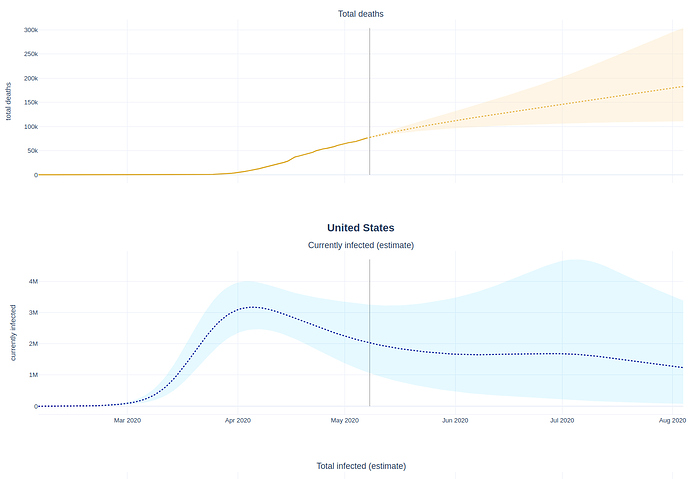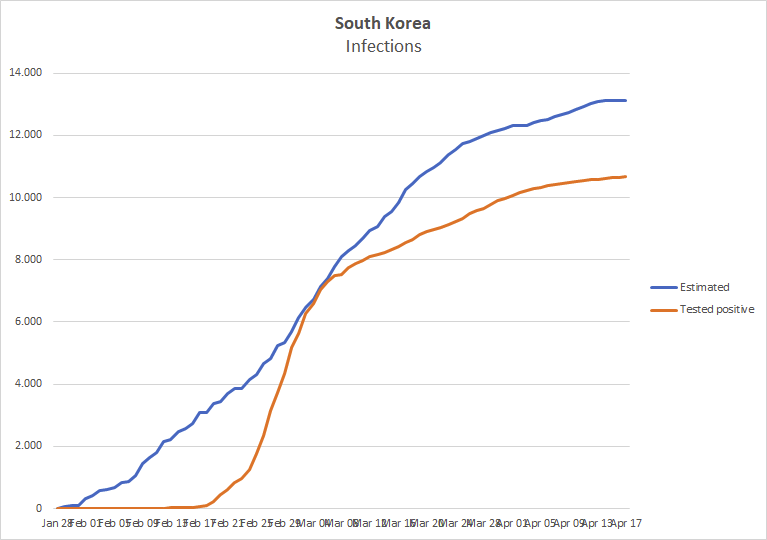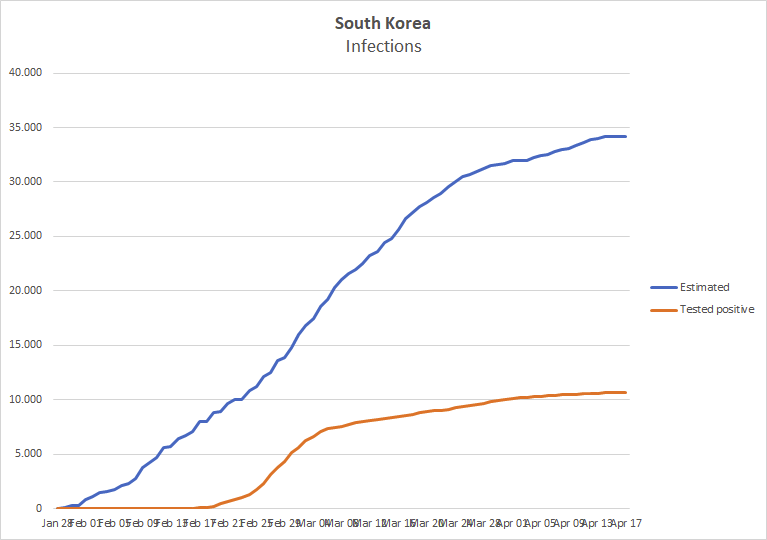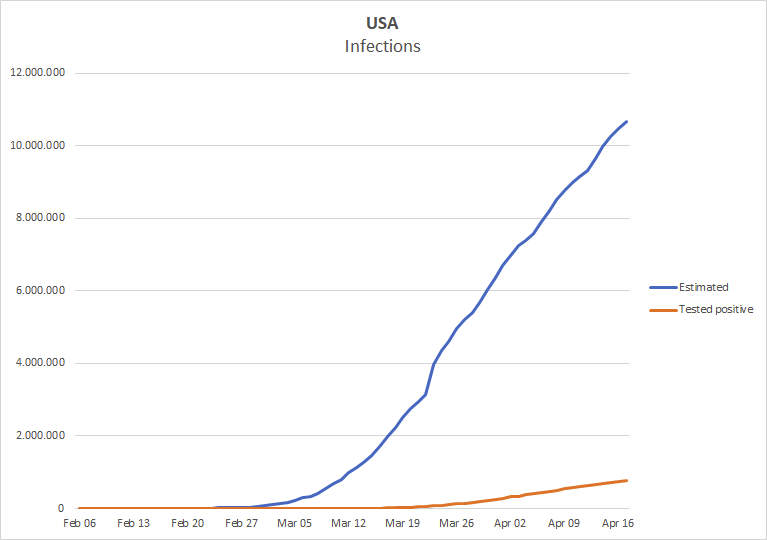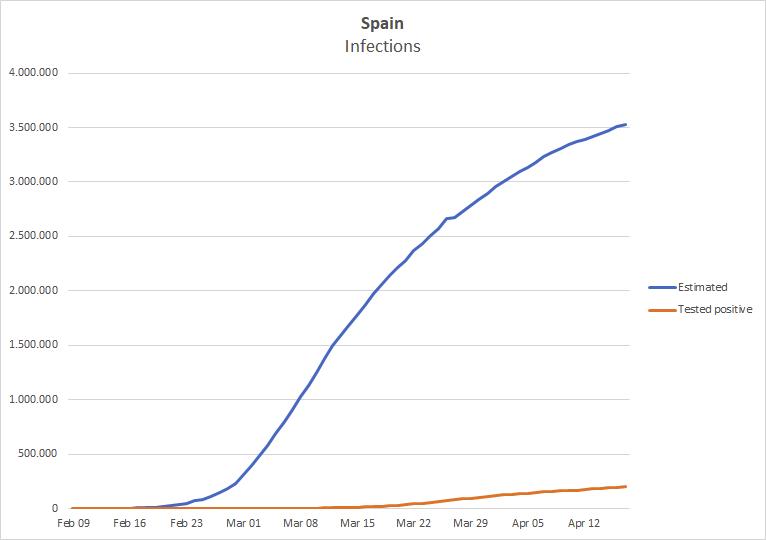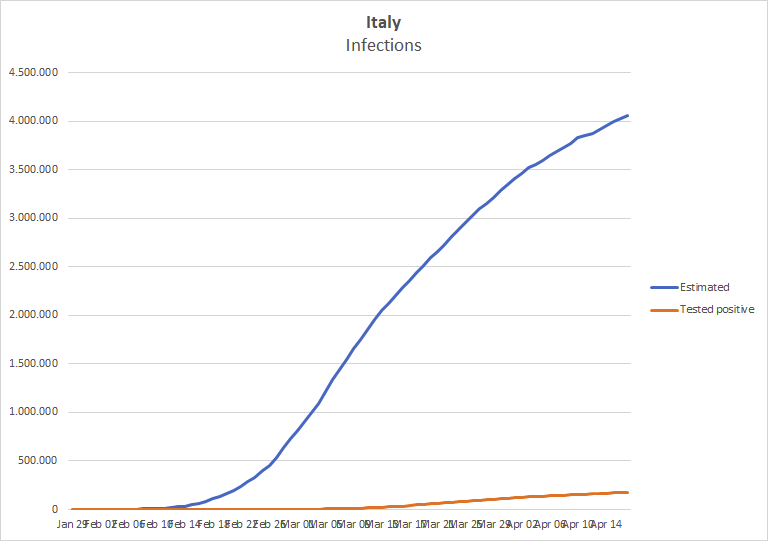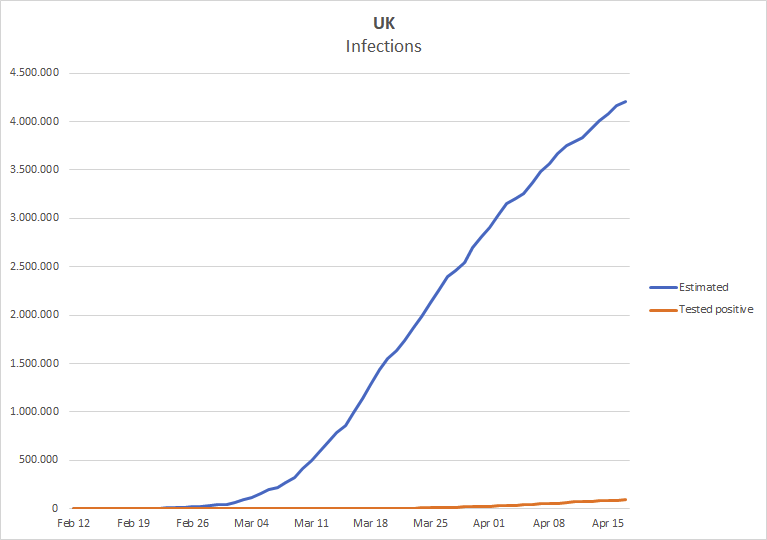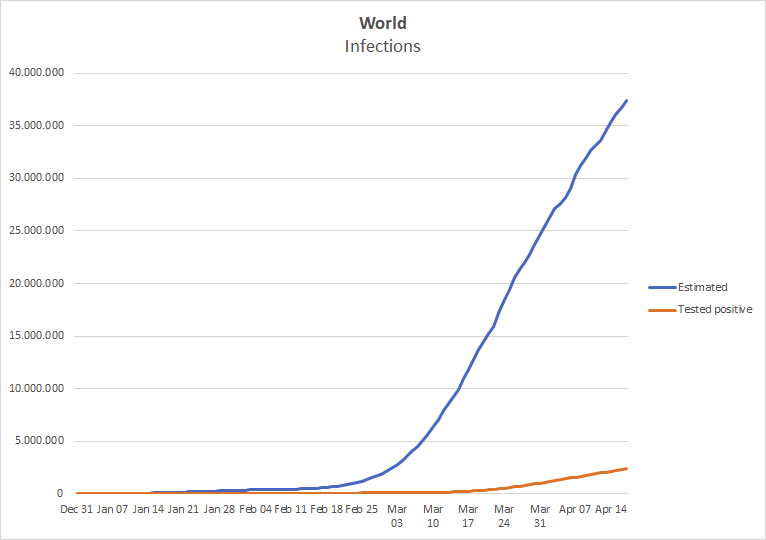(The Atlantic, May 7, 2020):
“We have evidence for one strain,” says Brian Wasik at Cornell University. “I would say there’s just one,” says Nathan Grubaugh at Yale School of Medicine. “I think the majority of people studying (coronavirus genetics) wouldn’t recognize more than one strain right now,” says Charlotte Houldcroft at the University of Cambridge.
Everyone else might be reasonably puzzled, given that news stories have repeatedly claimed there are two, or three, or even eight strains. This is yet another case of confusion in a crisis that seems riddled with them. Here’s how to make sense of it.
Whenever a virus infects a host, it makes new copies of itself, and it starts by duplicating its genes. But this process is sloppy, and the duplicates end up with errors. These are called mutations - they’re the genetic equivalent of typos. In comic books and other science fiction, mutations are always dramatic and consequential. In the real world, they’re a normal and usually mundane part of virology. Viruses naturally and gradually accumulate mutations as they spread. …
… There’s no clear, fixed threshold for when a lineage suddenly counts as a strain. But the term has the same connotation in virology as it does colloquially - it implies importance. Viruses change all the time; strains arise when they change in meaningful ways. New strains of influenza arise every year. These viruses quickly acquire mutations that change the shape of the proteins on their surface, making them invisible to the same immune cells that would have recognized and attacked their ancestors. These are clearly meaningful changes - and they’re partly why the flu vaccine must be updated every year.
But influenza is notable for mutating quickly. Coronaviruses - which, to be clear, belong to a completely separate family from influenza viruses - change at a tenth of the speed. The new one, SARS-CoV-2, is no exception. “There’s nothing out of the ordinary here,” says Grubaugh. Yes, the virus has picked up several mutations since it first jumped into humans in late 2019, but no more than scientists would have predicted. Yes, its family tree has branched into different lineages, but none seems materially different from the others. “This is still such a young epidemic that, given the slow mutation rate, it would be a surprise if we saw anything this soon,” Houldcroft says. …
… This isn’t to say that the Los Alamos study is bad or wrong - it comes from a respected team and presents interesting data. But the evidence it provides cannot distinguish between two equally plausible explanations - that the G-viruses were more transmissible, or that the G-viruses were just lucky. …
… The bottom line: It will take time to know whether different strains of the new coronavirus even exist, let alone whether any are more or less dangerous than the others. Any claims of that kind should be taken with a grain of salt for the next several months, if not longer. “In the short term, it’s highly unlikely that we’d be able to define new strains,” Wasik says.
